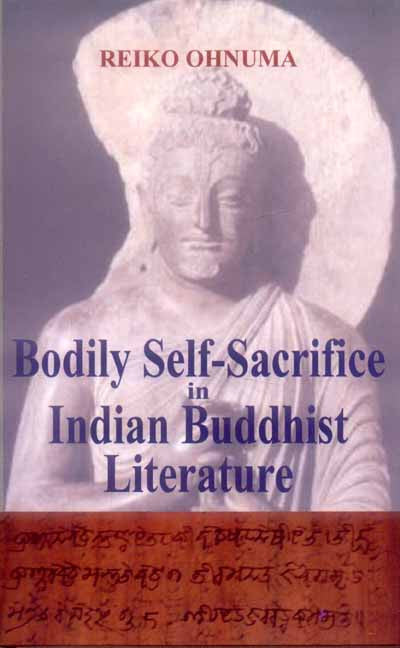Bodily Self-Sacrifice in Indian Buddhist Literature
Bodily Self-Sacrifice in Indian Buddhist Literature - Paperback is backordered and will ship as soon as it is back in stock.
Couldn't load pickup availability
This is the first comprehensive study of a central narrative theme in premodern South Asian Buddhist literature: the Buddha's bodily self- sacrifice during his previous lives as a bodhisattva. Conducting close readings of stories from Sanskrit, Pali, Chinese, and Tibetan literature written between the third century B.c.e. and the late medieval period, Reiko Ohnuma argues that this theme has had a major impact on the development of Buddhist philosophy and culture.
Whether he takes the form of king, prince, ascetic, elephant, hare, serpent, or god, the bodhisattva repeatedly gives his body or parts of his flesh to others. He leaps into fires, drowns himself in the ocean, rips out his tusks, gouges out his eyes, and lets mosquitoes drink from his blood, always out of selflessness and compassion and to achieve this highest state of Buddhahood.
Ohnuma places these stories into a discrete subgenre of South Asian Buddhist literature and approaches them like case studies, analyzing their plots, characterizations, and rhetoric. She then relates the theme of the Buddha's bodily self-sacrifice to major conceptual discourses in the history of Buddhism and South Asian religions, such as the categories of the gift, the body (both ordinary and extraordinary) , kingship, sacrifice, ritual offering, and death. The work reveals a very sophisticated and influential perception of the body in South Asian Buddhist literature and highlights the way in which these stories have provided an important cultural resource for Buddhists. Combined with her rich and careful translations of classic texts, Ohnuma introduces a whole new understanding of a vital concept in Buddhists studies.
Review(s)
–Ä contains some insightful readings and erudite syntheses; readers with an interest in –the gift†and discourse about the body, in particular, will find the book though-provoking. Ä the book is perhaps best approached as a heuristic tool, the value of wh
About the Author(s)
-
Pages
-
Edition
-
Size
-
Condition
-
Language
-
Weight (kg)
-
Publication Year
-
Country of Origin
-
Territorial Rights
-
Reading Age
-
HSN Code
-
Publisher




